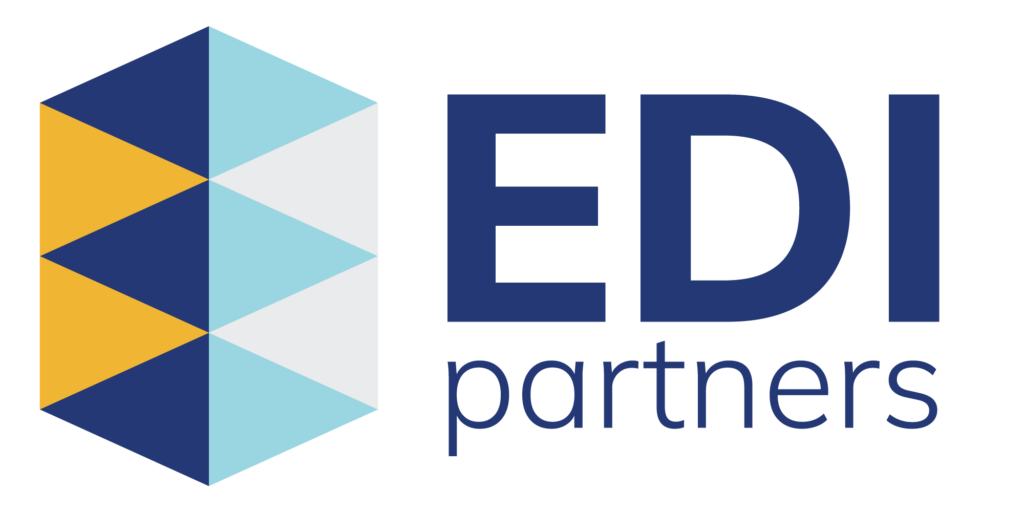Have you ever wondered how businesses exchange vast amounts of data, such as orders, invoices, or shipping updates, without relying on endless phone calls or emails? The secret lies in EDI Format Capability, a system that helps companies “speak the same language” digitally.
For many businesses, mastering this capability is the key to building strong partnerships and keeping operations smooth. However, as technology evolves, there are both exciting opportunities and tricky challenges to navigate. Let’s get into what EDI format capability really means, why it matters and how modern solutions are making B2B integration smarter and easier.
What is EDI Format Capability?
At its core, EDI Format Capability refers to a company’s ability to process and understand different EDI standards (like ANSI X12, EDIFACT, or XML). It ensures that data exchanged between trading partners, whether invoices, purchase orders, or shipping notifications, is properly formatted and interpreted.
You can think of it as learning a universal “language” for business data exchange. Without this capability, two systems may “talk past each other,” leading to delays and mistakes.
The Key Benefits of EDI Format Capability
1. Faster Transactions
EDI removes the need for manual data entry, enabling real-time data exchange. Businesses can process orders, invoices and payments faster than ever.
2. Cost Savings
By automating document exchange, companies cut down on paper, postage and administrative costs. Errors that lead to expensive chargebacks or delays are also reduced.
3. Stronger Partner Relationships
Most large retailers and manufacturers require their partners to have robust EDI capabilities. Meeting these expectations helps you stay in their supply chain ecosystem.
4. Compliance and Security
Modern EDI systems are designed with compliance standards (like GDPR or HIPAA) and offer secure data transmissions to protect sensitive information.
Common Challenges in EDI Format Capability
Even with its benefits, mastering EDI format capability isn’t always easy. It has some common challenges such as:
- Multiple Standards: Different industries and countries use various EDI standards. Adapting to each one can be complex.
- Integration Issues: Connecting EDI systems with existing ERP, CRM, or warehouse management tools often requires technical expertise.
- Cost of Implementation: Traditional on-premises EDI solutions can be expensive for small and mid-sized businesses.
Modern Solutions and Trends in EDI
Today’s technology has evolved to make EDI more accessible and powerful than ever.
Cloud-Based EDI
Cloud EDI solutions eliminate the need for heavy IT infrastructure. They’re scalable, cost-effective and easy to deploy, making them ideal for businesses of all sizes.
AI-Driven Automation
AI and machine learning are being integrated into EDI platforms to detect anomalies, predict errors and automate mapping between formats. This reduces human intervention and speeds up onboarding with new partners.
API Integration
Modern businesses are blending EDI with APIs to enable real-time data sharing. This hybrid approach offers the best of both worlds, EDI’s structure with API’s flexibility.
Why Mastering EDI Matters for B2B Integration
As supply chains become more complex and global, businesses can’t afford to lag behind. Having robust EDI Format Capability means you can easily onboard new partners, comply with industry standards and adapt to market changes without disruptions.
Whether you’re a small business looking to break into larger markets or an established enterprise modernizing your systems, investing in EDI is no longer optional; it’s essential.
Simplify Your EDI Journey with EDI Partners
Mastering EDI Format Capability doesn’t have to be complicated. At EDI Partners, we help businesses like yours integrate EDI solutions that are secure, scalable and tailored to your needs. Contact EDI Partners today to streamline your B2B integration and stay ahead in a connected world.

